On Viewfinders
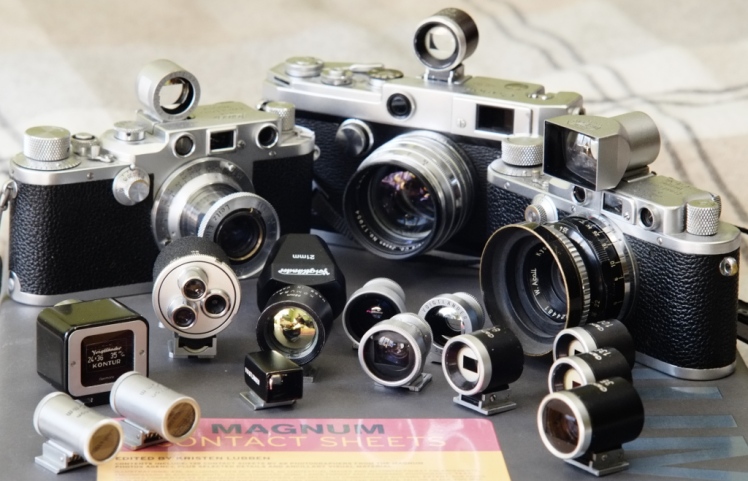
As someone who shoots with rangefinder cameras almost exclusively, I have a long association with the accessory viewfinders necessary to use lenses of anything other than the 50mm focal length for which most rangefinder bodies were made to work (and also as a useful supplement for 50mm). There are myriad options (relatively speaking), and having accumulated more than a few of these of varying style and effectiveness, I thought it might be worth briefly discussing their relative merits and shortcomings.
First off, it should be said that even the worst viewfinder will work for any sort of photography that doesn’t require speed. If all you’re doing is shooting landscapes or still-lifes or what have you, all you need is roughly accurate framing, and the smallest, darkest, squintiest viewfinder will do that. It’s in the sort of application where rangefinders tend to excel – street photography and other sorts of quick-moving situations – that you start to realize that a good viewfinder really adds a lot to the usability of a camera, so much so that even when working with a native 50mm lens an accessory finder is a big plus.

Let’s start with the simplest type of finder. These are usually relatively small, not very bright, and lack framelines, relying on the outer edge of the visible area for framing. Parallax correction will be by a dial or lever. These are OK for what they are, and some are actually pretty decent – the Nikon 28mm finder shown above right is quite good – but the view is often constricted, especially for longer focal lengths, and there’s no way to see beyond the frame to anticipate moving targets. These finders will do the job, but they’re not ideal. On the plus side they tend to be readily available and often reasonably priced.
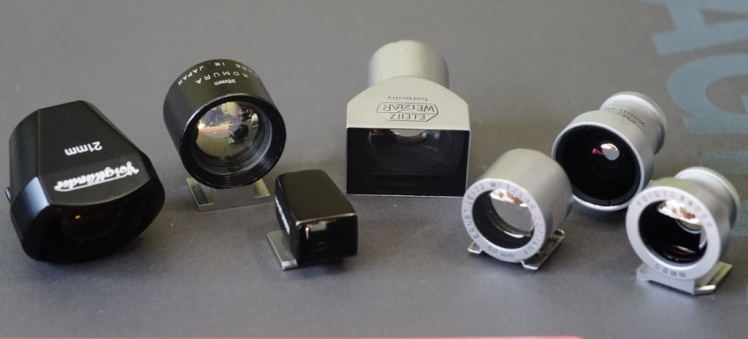
The next step up, and it’s a big one, is brightline finders. These add their own framelines on an oversized piece of glass, tending to make them brighter and adding space to lead subjects in motion into the frame. They tend to be a lot larger, and a lot more expensive. Normal and wide finders will not have parallax correction, instead relying on close-focus marks. One can debate the worth or value-for-money of these (prices can be downright ludicrous), but there’s no question that they make shooting easier and faster, provided zone focusing is used.
The Leica finders shown above are considered the cream of the crop, but the full-size modern Voigtlander units are also excellent. The 35mm Leica unit (SBLOO in Leicaspeak) is large and ungainly, but the 50mm (SBOOI) is much more reasonably sized. The plastic Voigtlander pieces work just as well as the metal ones, but are considerably larger and not especially attractive. Some wide angle finders will combine two focal lengths with different sets of brightlines – the Voigtlander at back right is a 21/25mm, for example.
Worth noting are the Komura 35mm finder, which is rather uncommon and not as bright as the others (it actually has a slight dark tint), but also cost a fraction of what the bigger names command, and the tiny Voigtlander 28/35mm minifinder, which is quite rare, optically very good in spite of its size, incredibly useful, and so eye-wateringly expensive that I question my sanity every time I take it out.
One last point, which really only applies to 50mm finders: if you can find one with a 1:1 magnification ratio, you can shoot with both eyes open. The value of this in street shooting cannot be overstated. The Leica and Voigtlander 50s above both work this way, and it’s great.

Then there are the slightly stranger options. Turret multi-finders do provide a certain degree of convenience and usually aren’t too pricey, but they significantly impair one of the primary rangefinder virtues of small size. The view tends to be quite small. I only have one of these, which is fine for what it is, but the trade-off in size is too much for me. However, if can afford only a single finder, or if you don’t want to carry or keep switching between multiple units, this sort might be your answer.
Another that works well – surprisingly so – but is hindered by size is the Voigtlander Kontur, probably the weirdest viewfinder you’ll ever see. If you close one eye and look through it, you’ll see framelines and black. The Kontur works only with both eyes open. It tricks the brain into projecting the framelines onto the scene by using natural stereoscopic vision, with one eye seeing the framelines, the other seeing the scene, and the brain working out the details. This also means that it’s 1:1 by definition. It’s really a clever system and works great, except for the fact that it’s enormous and looks like a 1970’s mini-TV sitting on top of your camera.
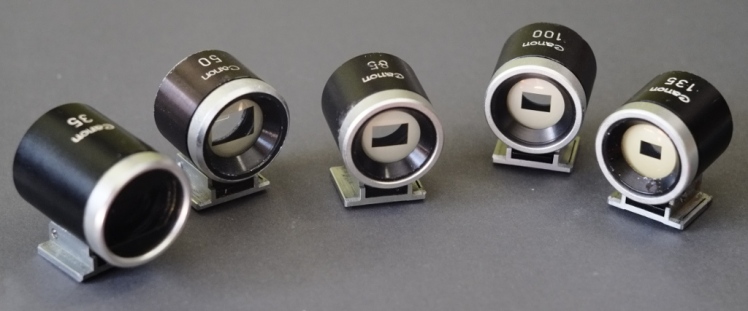
So what’s left? I saved the best for last, although there is a caveat. Canon produced a nice line of brightline finders with a party trick that makes them extra special: they correct for parallax automatically when mounted on a Canon rangefinder of the L/V/VI lines. A little pin in the body pushes on the spring-loaded finder, moving it up or down as the lens is focused. This is a brilliant and simple system, and should have been used more widely. These can be used on other bodies as well; the position seems to rest at a focus distance of 10ft/3m on bodies without the pin.
The finders are good, too; not as bright as the top of the line Leica or modern Voigtlander, but close. This is especially useful with longer focal lengths. Shooting with an 85 or 135 and the appropriate Canon finder, it is very easy to frame subjects accurately, even fast-moving ones. The 50mm finder is also 1:1, so the same advantages apply as with the others of this sort. As a final bonus, these tend to be a bit cheaper than some of the other brightline options.
As I mentioned, there is one caveat, and that is that the wide angle Canon finders don’t offer the same benefits. They do not have brightlines, and the view through them is comparatively small. For wide lenses these are not really worth the effort – better to go with a brighter fixed unit.
So there we are, a quick tour through my pile of viewfinders. If I were to divest myself of all but the bare essentials, I’d keep the Canon finders for anything over 50mm, the Leica SBOOI for 50mm, and probably the Voigtlander mini-finder for 28 and 35mm, but I do like having the option of the larger SBLOO for 35mm or the self-adjusting Canon for 50mm when I use one of those bodies. You just need to try different options and see what works best for you. Hopefully this helps someone make an informed choice somewhere down the line.

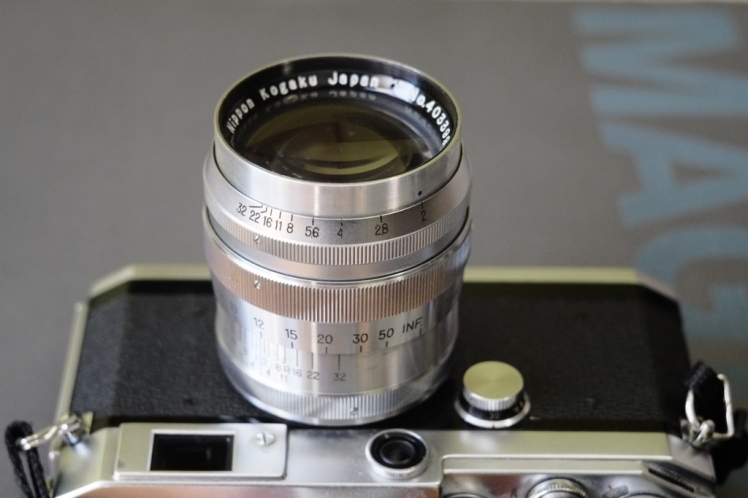
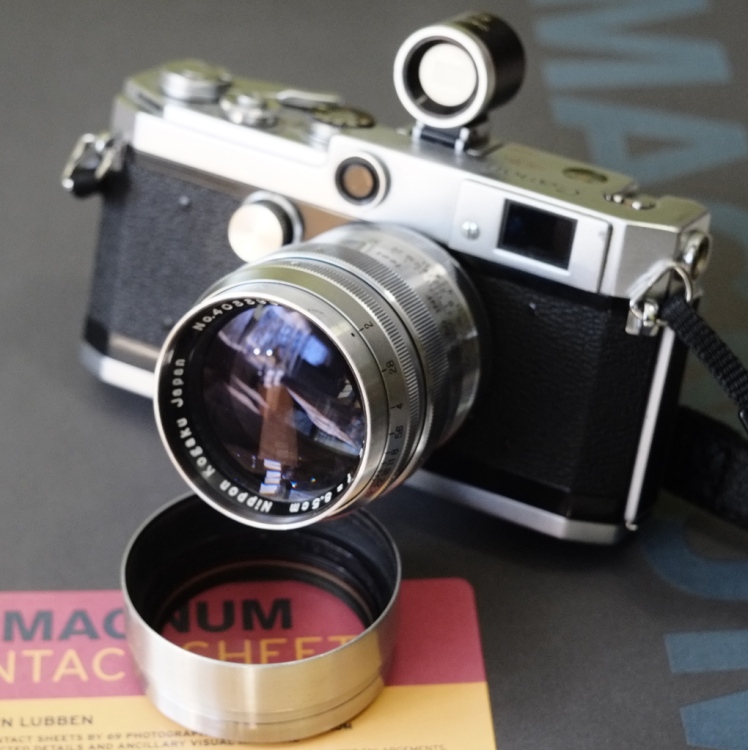
You must be logged in to post a comment.